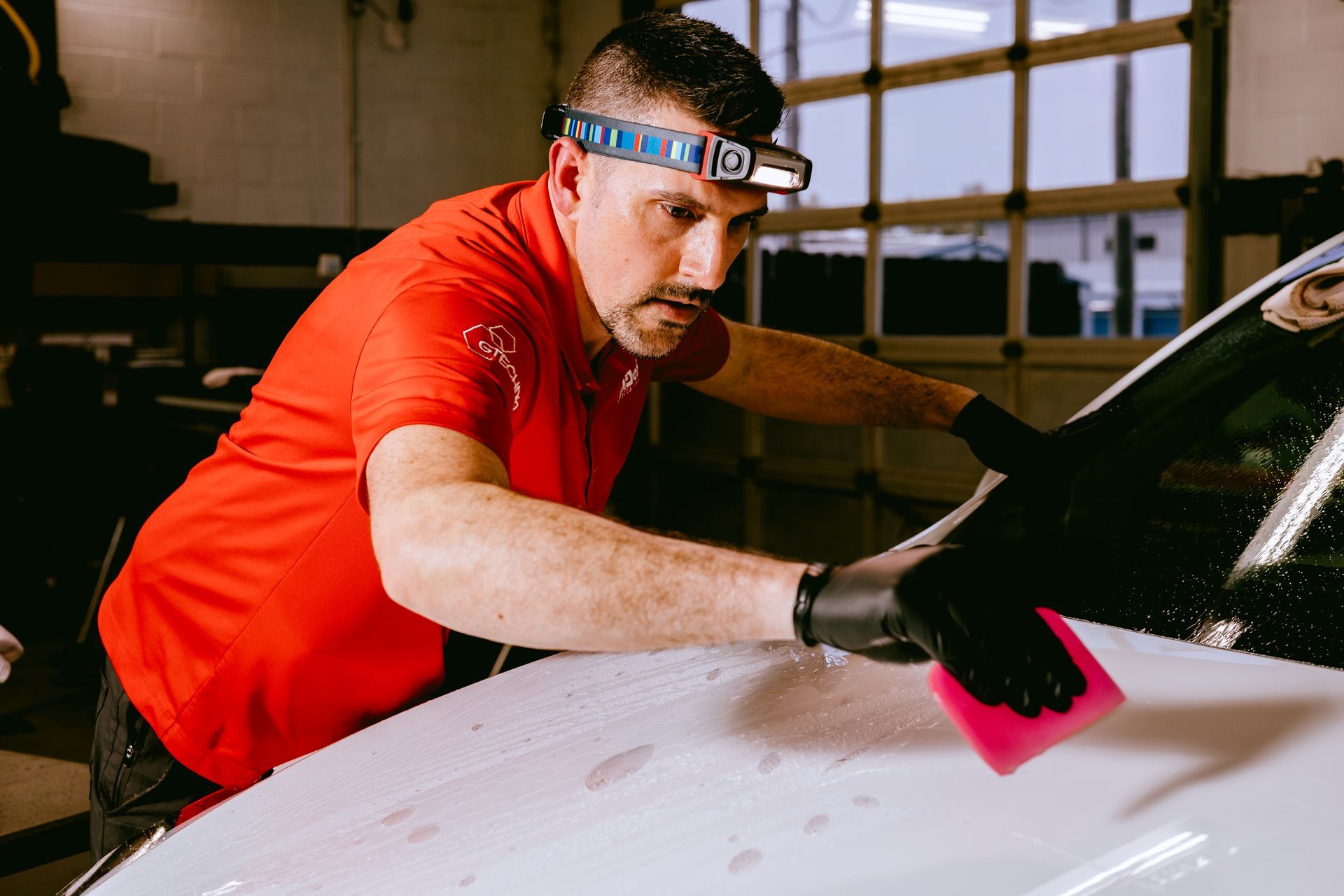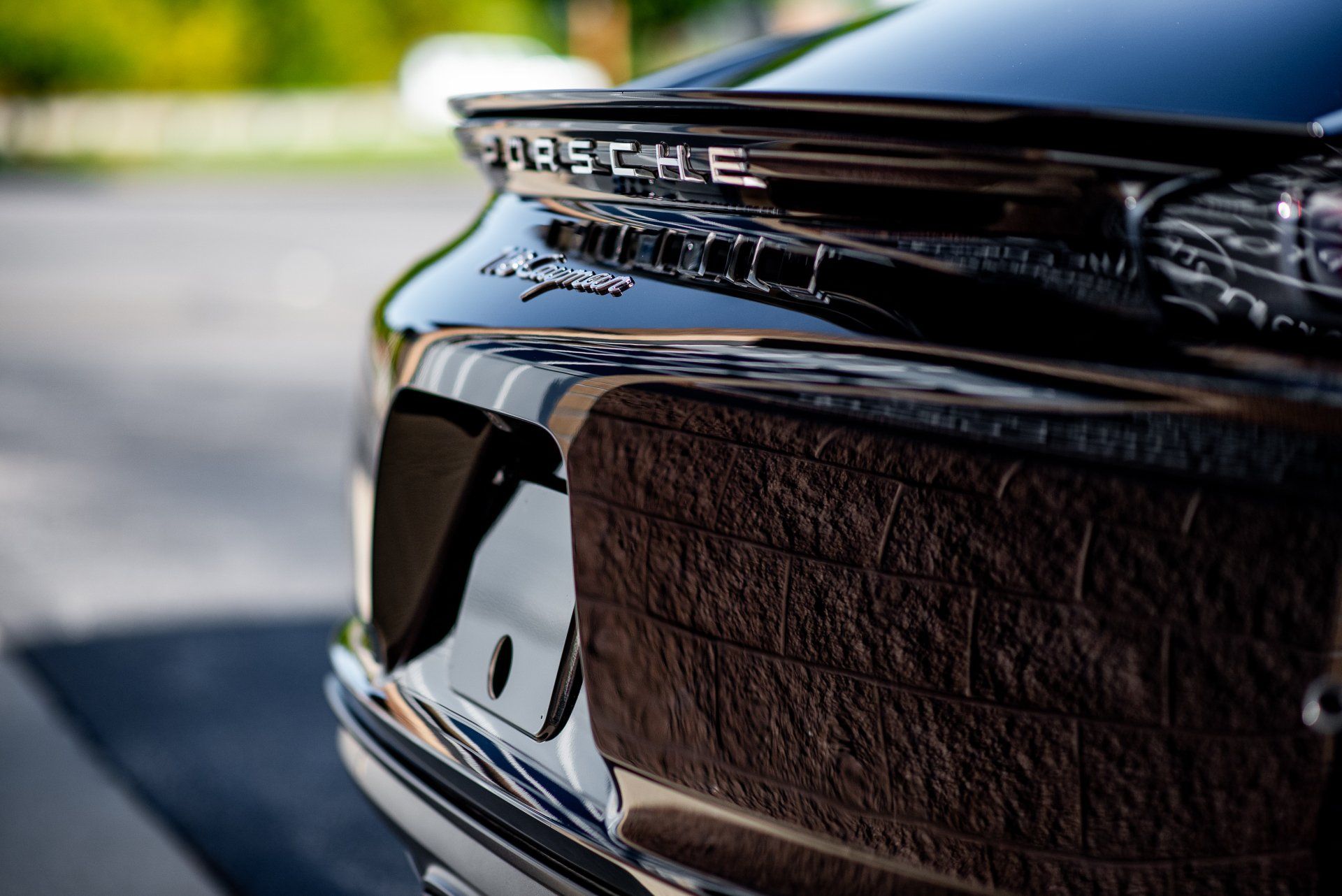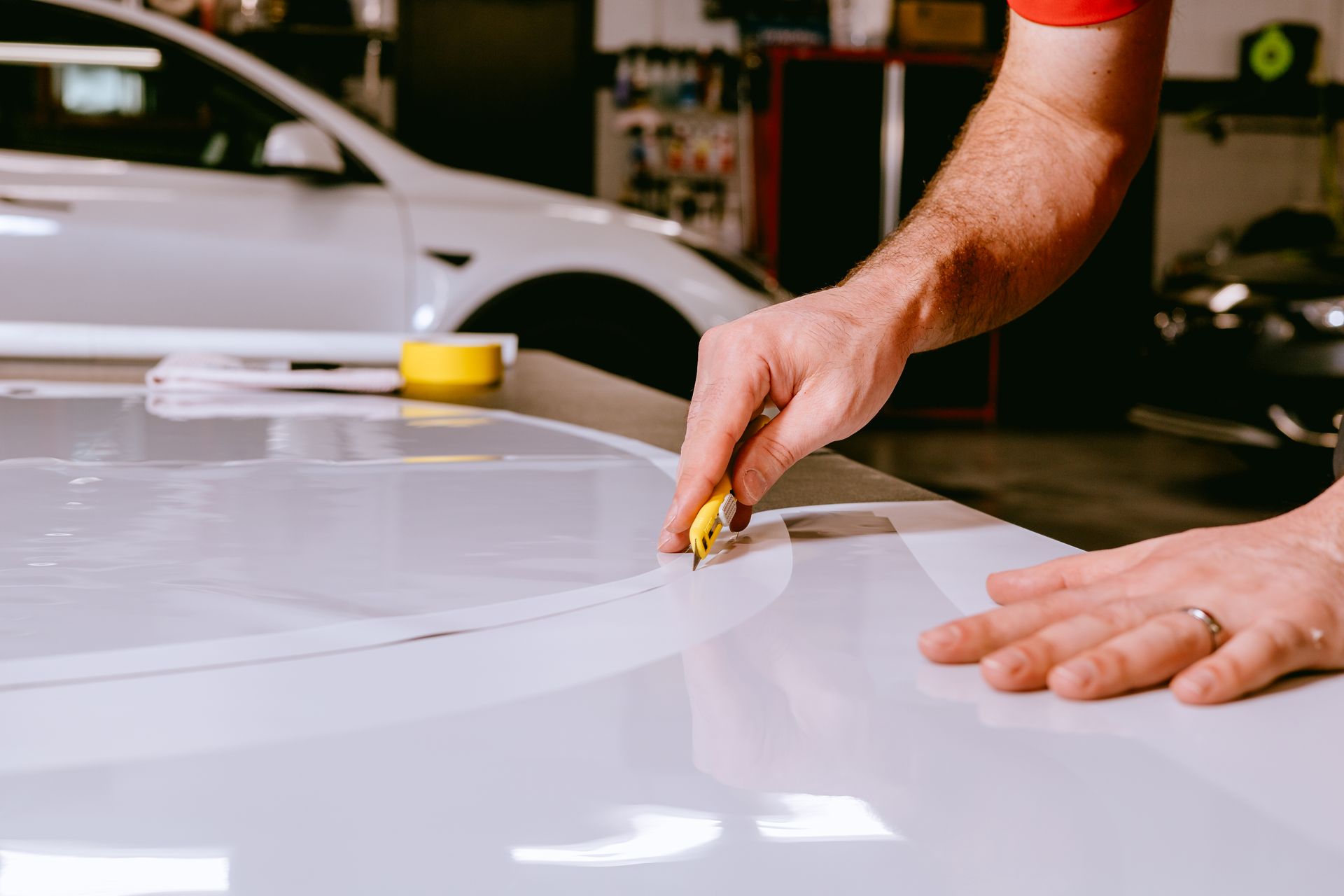Is the Cost of Paint Protection Film Worth the Investment? A Comprehensive Analysis
Many car enthusiasts find themselves grappling with whether to invest in paint protection film. It's a significant decision, often filled with question marks about cost-effectiveness and long-term benefits. From battling relentless environmental factors to dealing with minor scuffs that seem to emerge out of nowhere, every car lover knows the pain. Let’s unlock valuable insights that help determine if PPF is worth every penny.
Investing in paint protection film for your vehicle is well worth it. The film provides enhanced paint protection, preserves resale value, and is cost-effective in the long run. It also ensures easy maintenance, making it an invaluable investment for your vehicle's aesthetic appeal and longevity.
Factors Affecting Paint Protection Film Prices
When it comes to paint protection film, it's not a one-size-fits-all scenario. There are a number of factors that can affect how much it will cost to have it installed on your car, and each one will affect the price you end up paying. Let's take a closer look at these factors and how they impact the overall expense.
Material Quality
The quality of the paint protection film is a significant determinant of its cost. High-end films are designed with advanced protective properties and longer warranties, making them more expensive than standard options. These high-quality films are engineered to provide superior protection against various elements, such as UV rays, rock chips, and scratches. They offer exceptional clarity and self-healing properties, keeping your vehicle looking pristine for longer periods of time. As a result, their advanced features and extended durability contribute to their higher price point.
Vehicle Size and Area Covered
The size of your vehicle and the coverage area required also play a crucial role in determining the final cost of PPF installation. Larger vehicles naturally require more material, driving up the overall expense. Moreover, opting for full-body coverage will incur significantly higher costs compared to partial wraps that focus on specific high-impact areas. It's important to consider the specific areas where you want the paint protection film installed based on your vehicle usage patterns and the degree of protection you seek. While full-body coverage provides comprehensive protection against various forms of damage, partial wraps can effectively safeguard targeted areas from common hazards without requiring a substantial financial investment.
Professional Installation vs. DIY
The method of installation—professional or do-it-yourself (DIY)—likewise impacts the total cost of applying paint protection film to your vehicle. Professional installation offers the assurance of precise application and expertise but comes at a premium due to the labor costs associated with skilled technicians. Professional labor expenses can range from $1,500 to $5,500 based on the complexity of the job and the specific requirements of your vehicle. Choosing professional installation ensures that the film is aligned accurately and free from imperfections, providing optimal protection while maintaining a sleek appearance. Conversely, DIY kits are a more economical option, typically ranging from $100 to $500. However, it's essential to note that DIY installation demands a certain level of skill and patience to achieve satisfactory results.
These considerations collectively influence the overall pricing structure for paint protection film installation, allowing consumers to make informed decisions based on their unique requirements and budget constraints.
Alternative Forms of Vehicle Protection
When it comes to protecting the paint on your vehicle, several options are available, each offering distinct benefits and costs. For instance, ceramic coatings create a hydrophobic layer that repels water and dirt, providing durable protection against environmental elements. Despite being more expensive than some other choices, their longevity and performance can justify the investment. The cost of ceramic coatings typically ranges from $500 to $2,000, depending on the specific product and professional service used.
Vinyl wraps present another notable method for safeguarding your vehicle's paint. Apart from offering protection, they can also alter the color and finish of your car simultaneously, delivering both aesthetic and protective benefits. However, unlike PPF, which primarily focuses on enduring protection, vinyl wraps lean more towards enhancing the visual appeal of your vehicle. It's worth noting that while vinyl wraps offer a level of protection for your car's paint, they do cater more to the aesthetic aspect and may not provide the same degree of long-term defense as paint protection film.
Next up, let's consider traditional waxing. This method involves applying car wax to create a temporary layer of protection against UV rays and other environmental contaminants. While relatively low in cost, ranging from $20 for DIY products to $150 for professional waxing services, traditional waxing requires frequent reapplication to maintain its effectiveness.
Each of these alternatives has its advantages and drawbacks when it comes to protecting your vehicle's paint. It's important to weigh these factors against your specific needs and preferences before making a decision.
Pros & Cons of Paint Protection Film
When considering the investment in paint protection film for your vehicle, it's crucial to carefully weigh the advantages and disadvantages. Let's start with the positives.
Pros of Paint Protection Films
- A paint protection film acts as a shield, guarding your vehicle's paint from scratches, chips, and minor abrasions caused by road debris and environmental elements. This prolongs the aesthetics of your vehicle and decreases the need for frequent touch-ups or repainting, potentially saving you money in the long run.
- By maintaining the original paintwork in pristine condition, a paint protection film can significantly enhance the resale value of your car. Potential buyers are often willing to pay more for a well-protected vehicle with minimal visible wear and tear, making it a smart choice for those concerned about preserving their car's value over time.
- Unlike traditional waxing and polishing methods that require regular upkeep, a paint protection film offers a low-maintenance solution for protecting your vehicle. With a high-quality PPF in place, you can reduce the frequency of detailed cleaning and enjoy greater ease in maintaining your car's appearance.
Cons of Paint Protection Films
- One of the most significant drawbacks of PPF is its upfront cost. Quality paint protection film installation can range from $1,500 to $5,500 or even more, depending on the size of the vehicle and the brand of film used. While this may seem steep, it's crucial to recognize that this investment contributes to long-term preservation and protection.
- To achieve optimal results and ensure proper adhesion without imperfections, professional installation is imperative for paint protection film.
- Over time, especially with lower-quality films, there is a risk of yellowing or discoloration. This can detract from the vehicle's appearance and may necessitate replacement or additional maintenance to address any issues arising from film degradation. Advancements in technology have led to higher-quality PPF products that offer greater durability and resistance against yellowing, addressing concerns associated with lower-end options.
So while paint protection film offers numerous benefits such as enhanced paint protection, preservation of resale value, and low maintenance requirements; it’s essential to carefully consider the initial cost, professional installation needs, and longevity when weighing its value as an investment for your vehicle’s protection.
Durability and Maintenance Tips
When investing in paint protection film, it's natural to wonder how long it will last before needing replacement. High-quality PPF is designed to endure the rigors of everyday driving for a considerable period—typically between 5 and 10 years. However, this duration can be affected by various factors, such as the environment, frequency of use, and exposure to harsh conditions. For instance, a paint protection film installed on a vehicle that's constantly exposed to harsh sunlight, extreme temperatures, or rough road conditions may experience faster wear and tear compared to a vehicle that's used less frequently and stored in a covered garage. Therefore, understanding these environmental influences is crucial to gauging the expected lifespan of your PPF and taking proactive steps to maintain its integrity.
Now, let's talk about the necessary maintenance tips that can help preserve the quality of your paint protection film and maximize its longevity.
- Regular Washing: Regularly washing your car using specifically formulated pH-balanced shampoos is essential to keeping your paint protection film in top condition. This practice helps remove dirt, grime, and contaminants that can degrade the film over time.
- Avoid harmful Chemicals It's vital to avoid using abrasive or acidic cleaners on your vehicle with paint protection film. These harsh chemicals can compromise the protective layer and diminish its effectiveness in shielding against scratches and chips.
- Waxing Applying PPF-friendly waxes every few months not only maintains a glossy finish on your vehicle but also contributes to preserving the protective qualities of the film. The wax creates an additional layer of defense against environmental elements, enhancing the overall durability of the PPF.
By adhering to these maintenance practices, you're effectively safeguarding your investment in paint protection film. You're ensuring that it continues to offer reliable protection for an extended period while maintaining the aesthetic appeal of your vehicle. It's all about taking simple yet impactful steps to uphold the value and performance of your paint protection film over time.
Installation Costs and DIY Options
When it comes to the cost of paint protection film, there are two major options to consider: professional installation costs and DIY kits. Let’s break down each one to help you make an informed decision.
Professional Installation Costs
Professional installation offers peace of mind, ensuring a high-quality application with minimal room for errors. The expertise of certified installers often translates into a higher upfront cost but can be well worth the investment in the long run. The labor costs for professional installation can vary based on factors such as the region and the complexity of the job. Typically, these costs range from $1,500 to $5,500. This amount covers the meticulous process of applying the film to your vehicle’s surfaces, ensuring a seamless and durable finish.
Opting for a certified installer not only guarantees quality workmanship but also usually includes a warranty, offering an added layer of protection for your investment. Moreover, choosing professional installation means that you're entrusting your vehicle’s protection to experts who utilize their experience and training to deliver outstanding results. This often includes extensive prep work, thorough cleaning, and precise application techniques that help maximize the longevity and effectiveness of the paint protection film.
DIY Paint Protection Film Kits
On the other hand, if you prefer a more hands-on approach and want to save on labor costs, DIY kits for paint protection film are available as a budget-friendly alternative. These kits typically come with pre-cut templates designed for specific vehicle models, providing a level of convenience while requiring patience and precision during application. The cost of DIY kits varies based on the extent of coverage needed, with prices ranging from $100 to $500 for partial wraps.
While opting for a DIY approach can yield significant savings, it’s important to consider that it comes with a higher risk of application errors due to a lack of professional expertise. This can potentially impact the overall appearance and effectiveness of the paint protection film. It’s crucial to carefully assess your proficiency in handling DIY projects before proceeding with this option. While it might be more affordable upfront, any mistakes made during application could require additional time and resources to remedy, possibly offsetting initial cost savings.
By weighing both professional installation costs and DIY options against your specific needs and budget, you can make an informed decision regarding the installation of paint protection film on your vehicle. It's crucial to consider not only the immediate expenses but also the long-term benefits and potential drawbacks associated with each choice.
Is Paint Protection Film Worth the Investment?
Paint protection film has significantly impacted automotive care, with car owners increasingly turning to it to safeguard their vehicle's paint job. The central concern for many revolves around whether the cost justifies the benefits that PPF offers. This brings us to a fundamental aspect of evaluating the worth of paint protection films—the return on investment (ROI).
The ROI is especially noteworthy for high-end or new vehicles, where the initial investment in paint protection film plays a pivotal role in preserving the vehicle's aesthetics over time. When it comes to these types of automobiles, PPF can indeed be justified as an essential long-term protection measure. It not only shields against scratches and chips but also contributes to maintaining a higher resale value. Conversely, for everyday vehicles or older cars, the decision to invest in a paint protection film might closely tie in with personal preference and the willingness to commit upfront for potential future savings.
As we weigh these considerations, it becomes evident that the worth of paint protection film lies not only in tangible benefits like preservation and resale value but also in the peace of mind it brings to car owners. Understanding these aspects underscores the comprehensive evaluation required when contemplating whether to invest in paint protection film. While the cost of PPF may seem significant at first glance, its long-term benefits and potential peace of mind for car owners make it a worthwhile investment, especially for high-end or new vehicles.
Top-Notch Paint Protection Film Solutions in Elkhart, IN
Protect your vehicle with High-Def Detailing's
top-rated paint protection film solutions in Elkhart, IN. Our expert team specializes in applying high-quality film that safeguards your car's paint from scratches, chips, and other road hazards, ensuring long-lasting beauty and durability. With our meticulous attention to detail and top-notch materials, your vehicle will maintain its pristine condition. Schedule your appointment with High-Def Detailing today and give your car the protection it deserves. Call us at
(574) 333-9976 to get started!
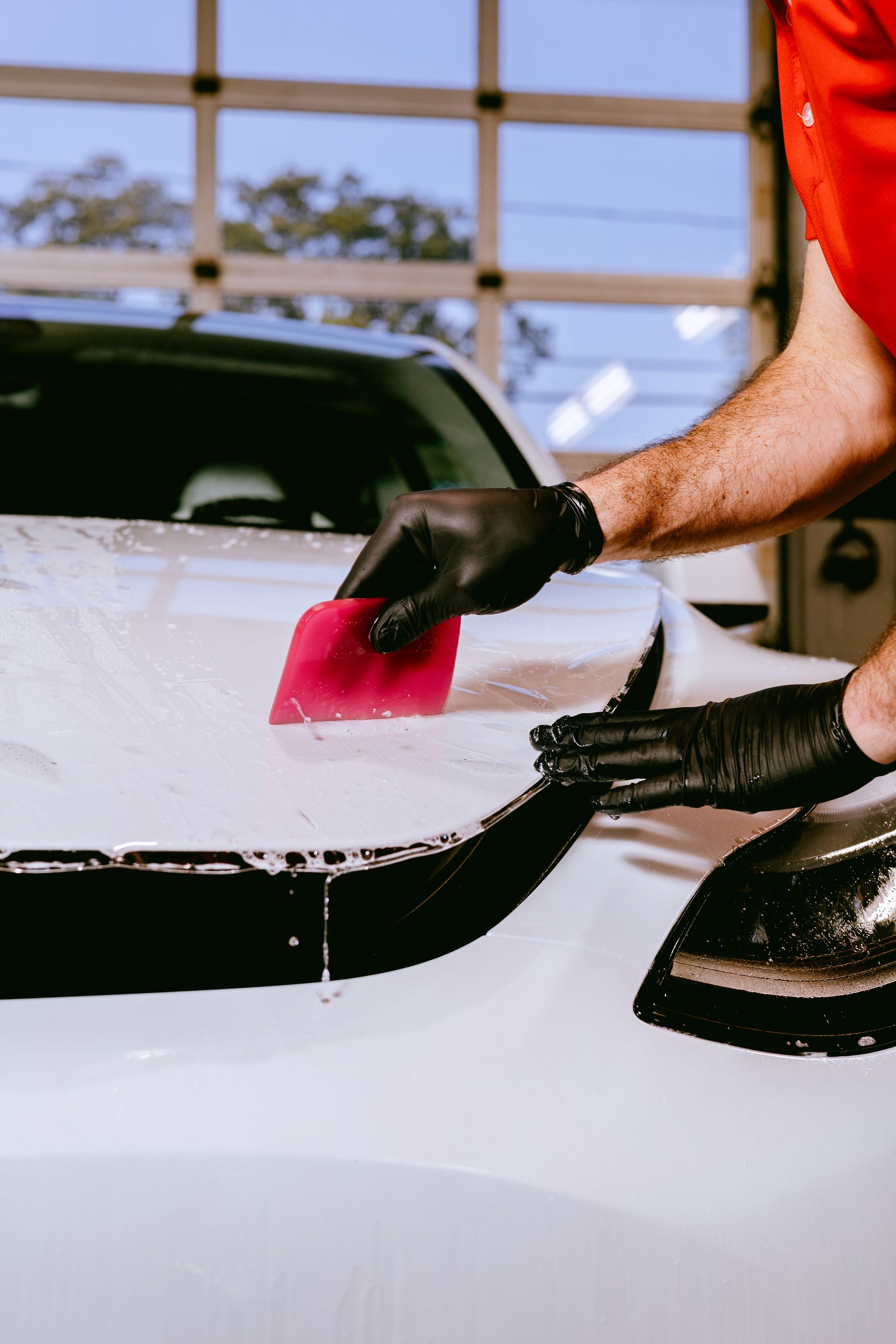
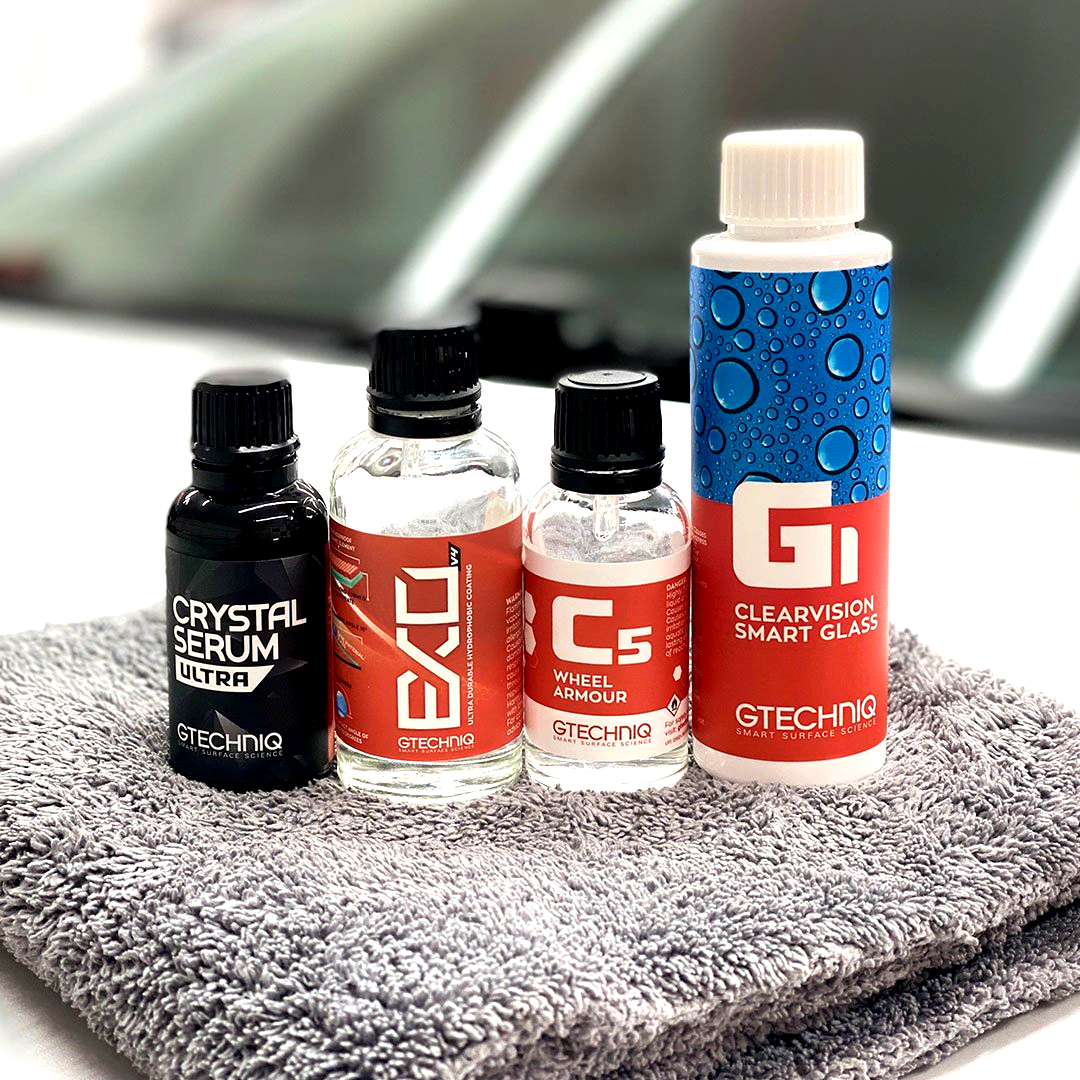
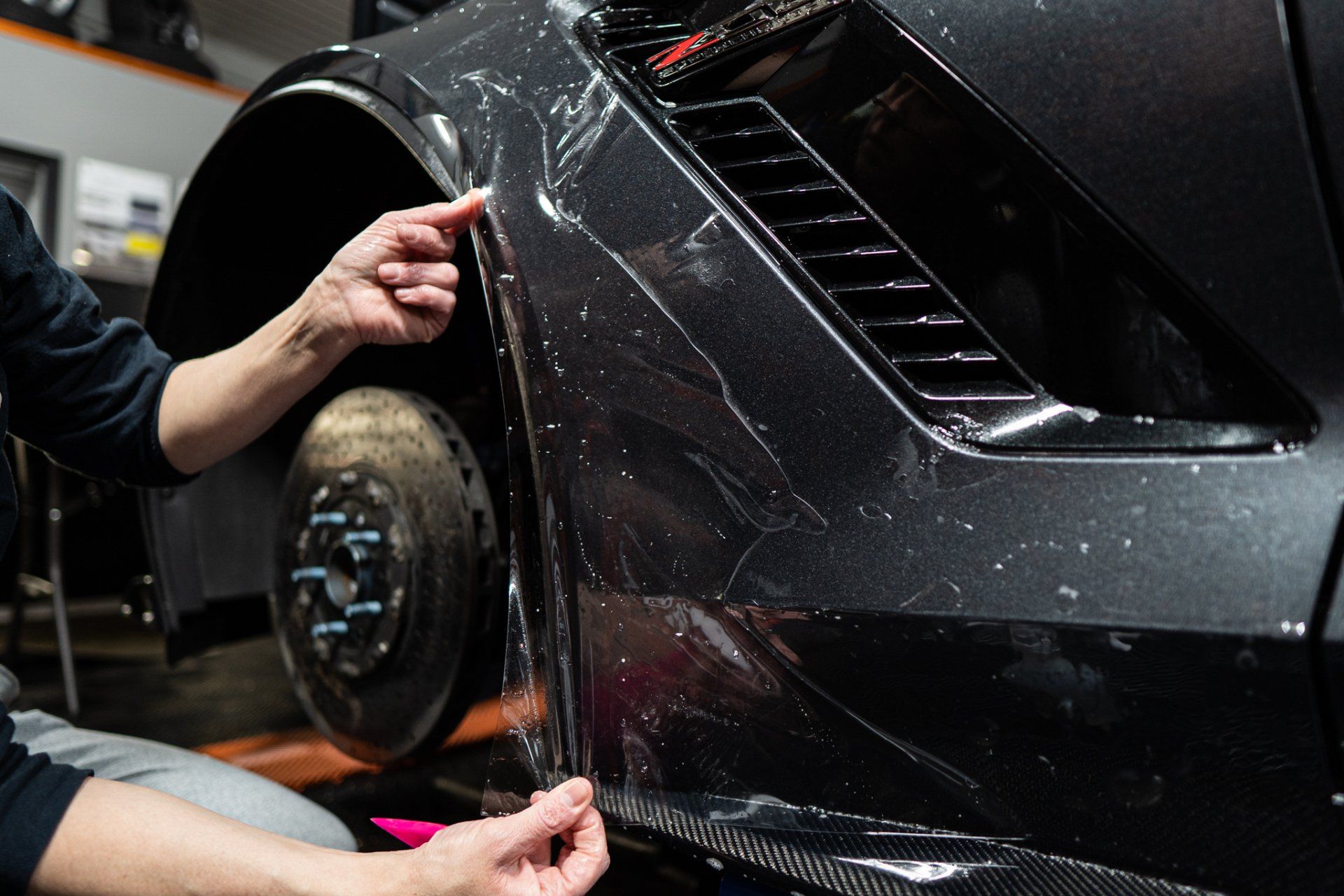
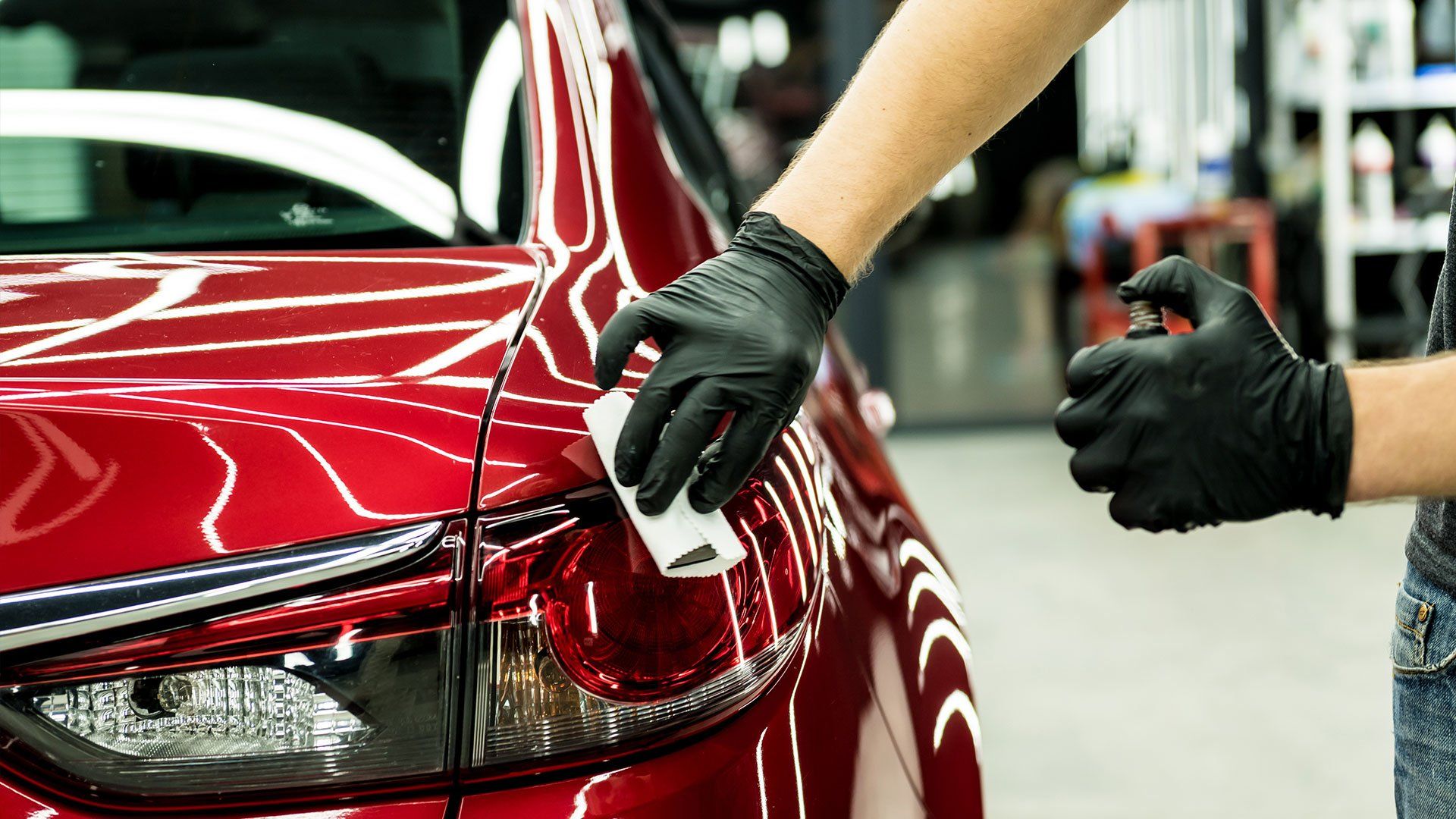
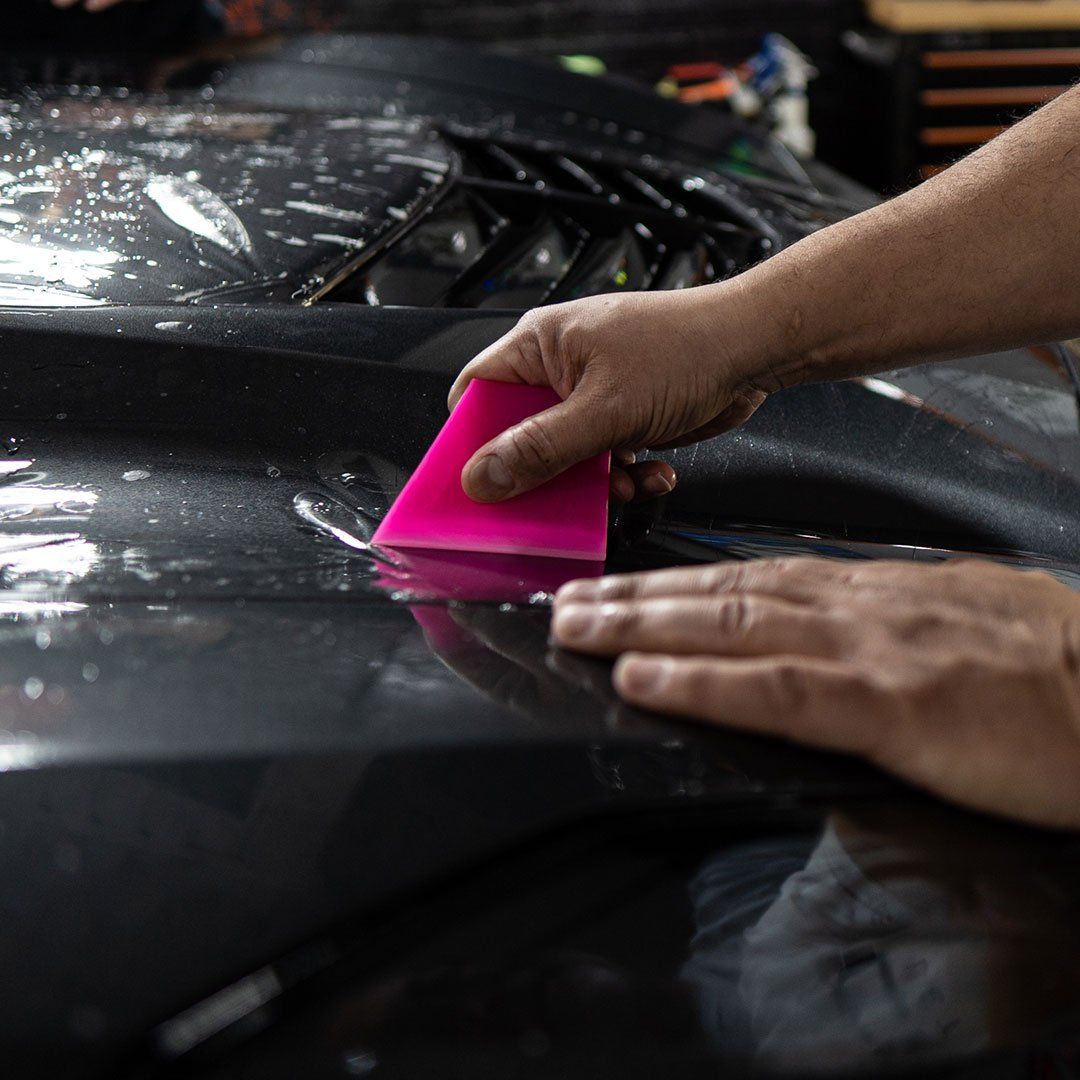
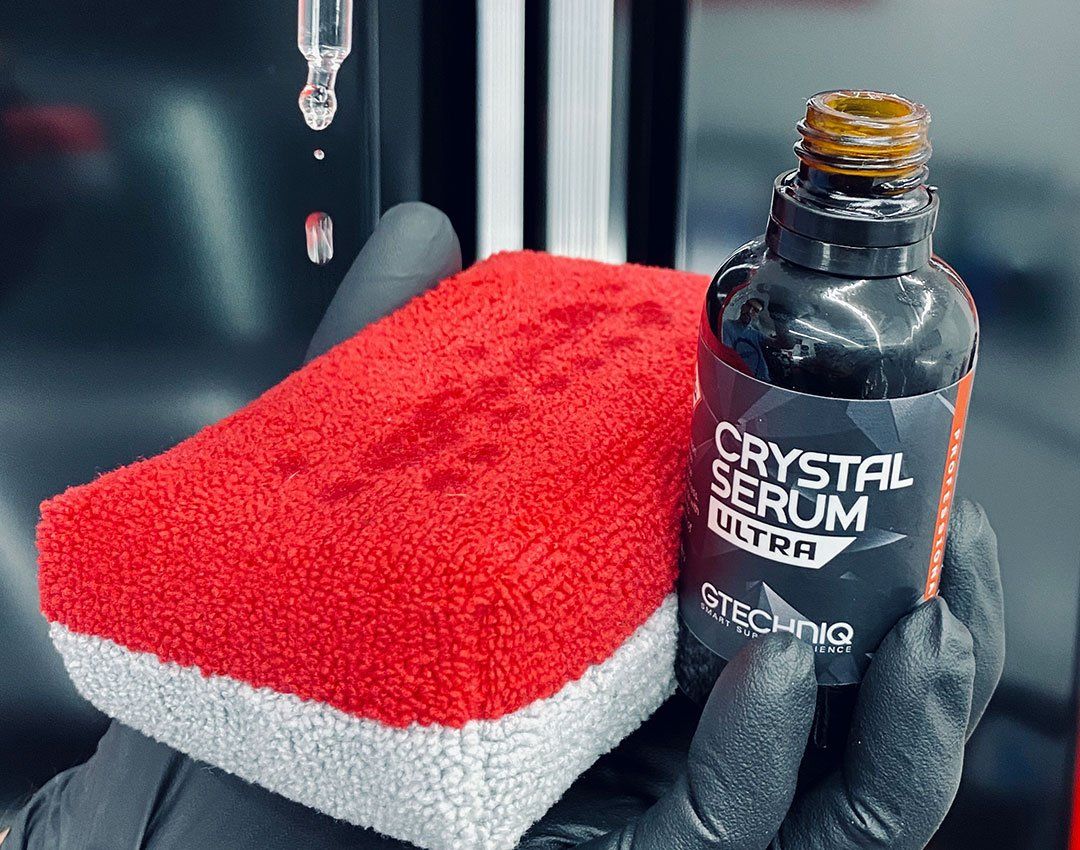
First opening in 2014 and serving all makes and models with pro ceramic coatings, PPF, paint correction, and total vehicle detailing through this very moment, High-Def Detailing is Elkhart, Indiana’s top-performing professional car care studio! Each car, truck, or SUV serviced here at my auto detailing shop has the opportunity to receive a certified installation of a glossy Gtechniq Ceramic Coating, durable and flexible STEK Paint Protection Film, and proper pro detailing that remains unmatched by the competition.
Quick Links
Our Location
5216 Beck Dr, Suite 16
Elkhart, IN 46516
United State
Contact Us
Phone: (574) 333-9976
Email: ben@highdefdetailing.com
Designed by the team at Detailers Roadmap, a platform developed for detailing operators across the globe.
All Rights Reserved | 8bitcreative, LLC | High-Def Detailing


